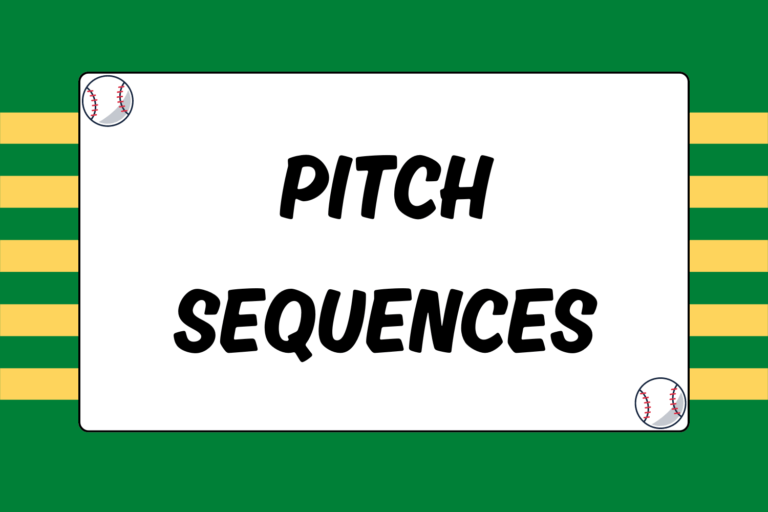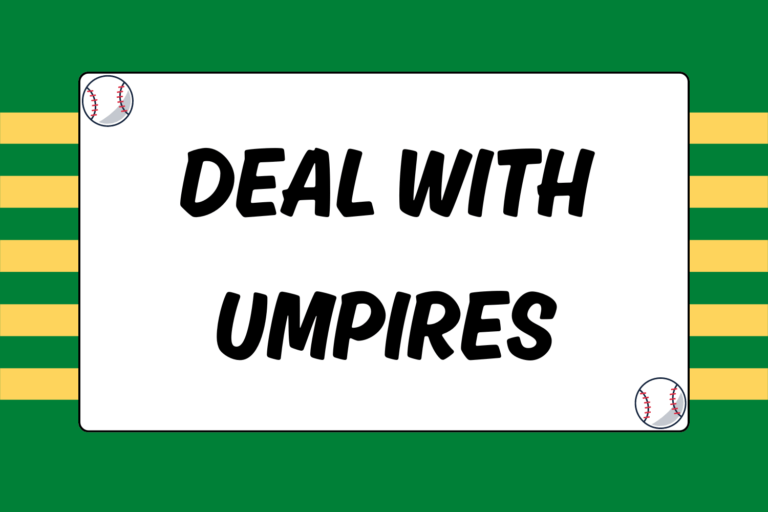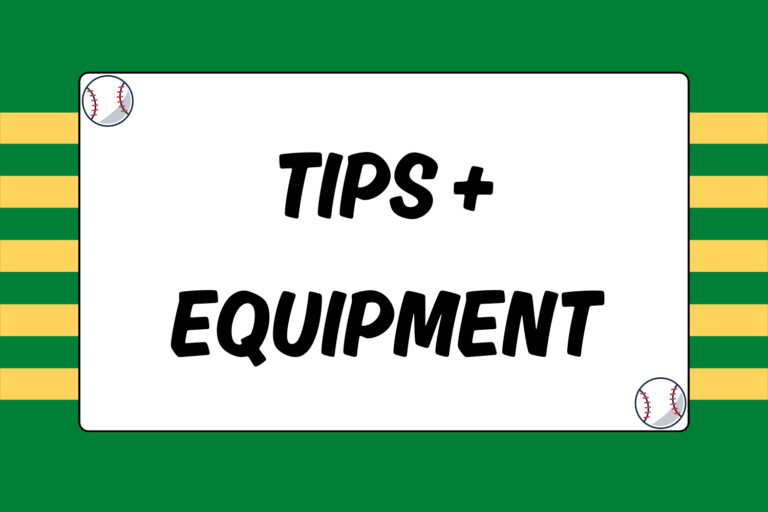There will be times when you show up to the ballpark and see that your name isn’t in the starting lineup. This is a disappointing realization for any player, but it doesn’t mean you’re not going to get in the game. More importantly, it doesn’t mean you can take a mental vacation for the day. According to the rules, each team starts nine players (or 10, if there’s a DH) to begin a game. But there’s a reason why baseball teams at every level carry more than nine players:
It takes more than nine players to win a baseball game.
Once you understand this fact and recognize the value of teamwork, you’ll be able to take your job as a non-starter seriously. And it is indeed a job, because a team is undeniably better when every player actively contributes. If you’re not starting, you need to be prepared to pitch, play defense, pinch-hit, or pinch-run. In many cases, a coach will call upon you to perform one of these specific skills because you do it better than the player starting. Make no mistake: coming off the bench late in the game during the most critical innings is difficult, but it’s also vital for a team to have success.
Another part of your job as a non-starter is to keep your head in the game and help out your teammates. Embrace this mindset and the following tips, and your time on the bench will likely be brief.
Know the Situation
If you’re on the bench, you should try to watch every pitch. At the very least, always know the count, how many outs there are, and where the base runners are. If a runner tries to steal when your team is on defense, you (and the entire bench) should yell “Runner!” or “Going!”
In addition, you can assist your teammates in the field on balls hit in play:
- On ground balls to the infield: Yell out the base where the throw should go, for example: “One! One!”
- On hits in the gaps or behind the outfielders: Yell out the base where the cut-off throw should be directed, for example: “Three! Three!”
- On fly balls when two fielders are converging: Yell out the name of the player who is in the best position to catch the ball (especially on infield pop-ups), for example: “Johnson! Johnson!”
Help Your Base Runners
Helping base runners is a simple task, but it’s one of the most important plays for non-starters to pay attention to. When your teammates are on base, give them some support and watch out for certain situations.
If there’s going to be a close play at a base, yell out “Down! Down!” so the runner knows to slide. If a pitcher or catcher attempts a pick-off, you need to be on top of it and yell out, “Back!”
In order to do this job well, you need to watch the pitcher intently, which ties in nicely with the next tip.
Study the Pitcher
Any advantage you can gain over your opponent can potentially help your team win. Pay close attention to the other team’s pitcher, and try to learn his tendencies. What’s his best pitch? His worst pitch? How good is his control? How well does he hold runners?
Also, pay attention to his delivery. Is he tipping off his pitches in any way? Here are a few common ways this might happen:
- The pitcher changes his delivery, arm slot, arm angle, or release point when throwing a secondary pitch (curveball, change-up, etc.).
- The pitcher positions his hand such that you can see the grip of the pitch before he delivers the ball.
- The pitcher cocks his wrist or elbow, or digs his hand deeper in his glove when throwing a breaking ball.
Pitchers often make these mistakes without realizing it, and some are obvious enough that you can actually figure out what pitch is coming! So be diligent and study your opponent.
Stay Warm
Finally, your most important role as a bench player is to be mentally and physically ready if the coach puts you in. Paying attention to each pitch will keep your head in the game so that you’re aware of the situation. But you also need to take care of your body, especially in cold weather.
You never know when you might be called upon, so always keep your muscles stretched and your throwing arm loose. Stretch your legs, play some light catch, or jog down to the foul pole between innings.
Hot Tip: Relief Pitchers
If you’re a pitcher and you know you aren’t starting, be careful about how much pre-game throwing you do. It can be tough to fully warm up, sit in the dugout for two hours, and then get warmed up all over again before you enter the game. Use pre-game to get stretched out, but don’t fire up your pitching arm just yet!
Let the Bench Get Cold
A common term for non-starters is “bench warmers.” But if you’re doing your job as a non-starter, you won’t spend very much time sitting down at all. Always know the situation, be vocal, and help your teammates. Take this attitude and you will have a noticeable impact on your team. Then, when you get a chance to play, do your best to prove that you should be the one starting!





